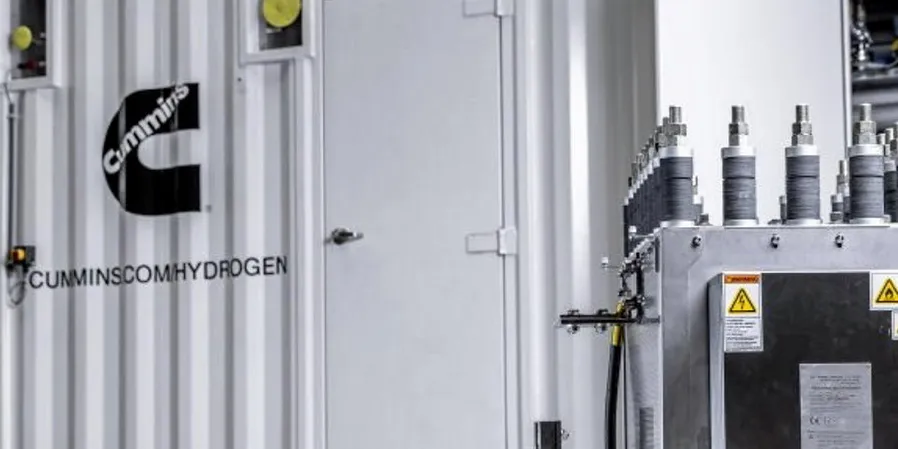World faces green hydrogen drought despite project boom, warns study
Projects underway may struggle to proceed and 2030 supply may be just one-third of demand says IEEFA

Projects underway may struggle to proceed and 2030 supply may be just one-third of demand says IEEFA
